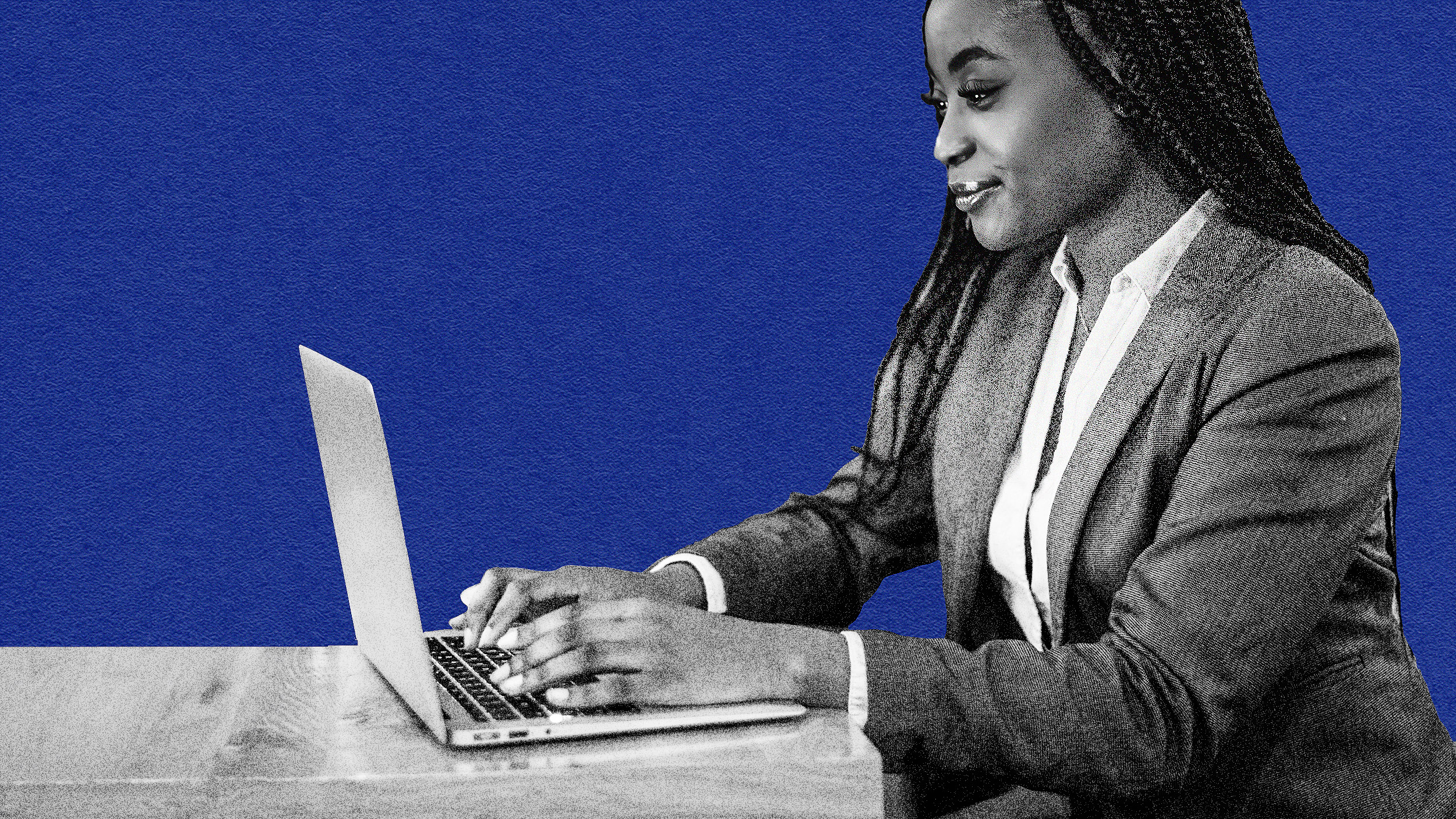Is Group Fitness Replacing Religion?

In anthropology the term ‘group fitness’ refers to an important component in human evolution that afforded our species a competitive edge. By learning how to communicate, hunt, gather, and coordinate with one another, we were able to better navigate our terrain. For the past two million years the emergence of the ‘group’ has helped us survive during challenging eras and thrive when conditions allow for it.
With the advent of agriculture, groups expanded greatly in size, a trend that has not slowed. Even in individual-oriented America, the group remains essential. Much of our online life is divided into subgroups—who we follow and what we pay attention to shapes our belief system, greatly influencing our identity.
Religion has long served a communal function. With all the flack megachurhces receive from skeptics and other, smaller churches, their primary role involves social outreach and gathering. The largest offer daycare, shopping, retreats, and a host of other amenities that involves being around others.
For the not-so-religious—a growing population—and even the most religious, gyms and boutique studios are filling our yearning for connection. The continually (and rapidly) expanding fitness industry has become a major force. And the place where many develop such relationships is in a class, otherwise known as ‘group fitness.’
As Jason Kelly writes in Sweat Equity: Inside the New Economy of Mind and Body, connecting the body and mind is a major trend. Bloomberg’s New York Bureau Chief, Kelly believes that the intensely personal, essentially the sacred, and the communal are shared in group settings.
The community aspects of running and cycling clubs are in some cases replacing the shared purpose once found in the pews of a church.
As Kelly writes, many businesses are tapping into this relatively new empire of movement. Since private equity started raising its eyebrows a decade ago, the fitness industry has grown to some $3 trillion worldwide. This is human habit: where the people are, the money goes. Religion has known this for millennia.
A deeply personal experience is possible through movement. Abraham Maslow and Mihaly Csikszentmihilayi related their concepts of peak experiences and flow to the runner’s high, the moment of complete absorption in a task at hand. Thoughts temporarily cease; consciousness seems suspended. All that exists is what you are engaged in.
Japanese novelist Haruki Murakami, a former overweight drinker and jazz club owner, changed his life through running, eventually becoming an ultramarathon participant. As he writes in his memoir, What I Talk About When I Talk About Running,
I just run. I run in a void. Or maybe I should put it the other way: I run in order to acquire a void.
Is that void overtly different from moments of ecstasy experienced while engaged in meditation or prayer? Beyond the obvious physiological distinctions, such as an elevated heart rate and outpouring of sweat, not so much. I’ve been teaching yoga and fitness for over twelve years (and practicing both much longer). Getting into that zone is a regular occurrence. It makes you feel alive.
Even in the cerebral halls of academia the body is being considered anew. My friend and Equinox colleague, Natalia Petrzela, has long straddled the worlds of intellect and movement. In a recent article she describes her emergence from being a closet enthusiast to embracing her overall identity. She taught fitness classes to supplement grad school fees, falling in love with the transformations she witnessed in both herself and her students. Yet she kept it low key in the library in fear that her peers would judge her for not devoting her life exclusively to the brain.
I remained “in the closet” through my first year on the faculty, but given that the classrooms where I was contemplating Bourdieu and Beard were mere blocks from the studios where my pedagogy tended toward burpees and back-kicks, and that I was featured on a life-sized poster at a nearby yoga-apparel store, I knew my cover would soon be blown.
Instead of running away, she’s now run straight into it, devoting her research time to the history of fitness culture.
The irony of choosing one over the other—thinking over moving—was eloquently expressed by neuroscientist Roldolfo R Llinás, who realized that,
From its very evolutionary inception mindness is the internalization of movement.
Llinás’s concept that thought is an evolved form of external movement is born out by reams of research. When we exercise regularly—forget exercise, when we simply move our bodies away from our desks and outside of our cars—we think more clearly, become more focused, and are able to deal with our emotions better. The very term ‘mind-body’ is odd given it implies a separation between two facets of our being that never actually existed.
Twelve times a week I enter Equinox Fitness to lead people in movement. Unlike with many religions, there is no dogma or belief system. Simply communing is enough. Working out alongside others is the most uplifting shared experience I know. Not only are we elevating our bodies and brains, we’re feeding an ancient social part of ourselves.
Jason Kelly’s new economy features all the capitalistic trappings so easy to fall victim to. But at the heart of this movement is something more thoughtful, more necessary. It is another step on that long evolutionary process known as group fitness. And at the moment it shows no sign of slowing.
—
Image: Fox Photos / Getty Images
Derek Beres is a Los-Angeles based author, music producer, and yoga/fitness instructor at Equinox Fitness. Stay in touch @derekberes.





